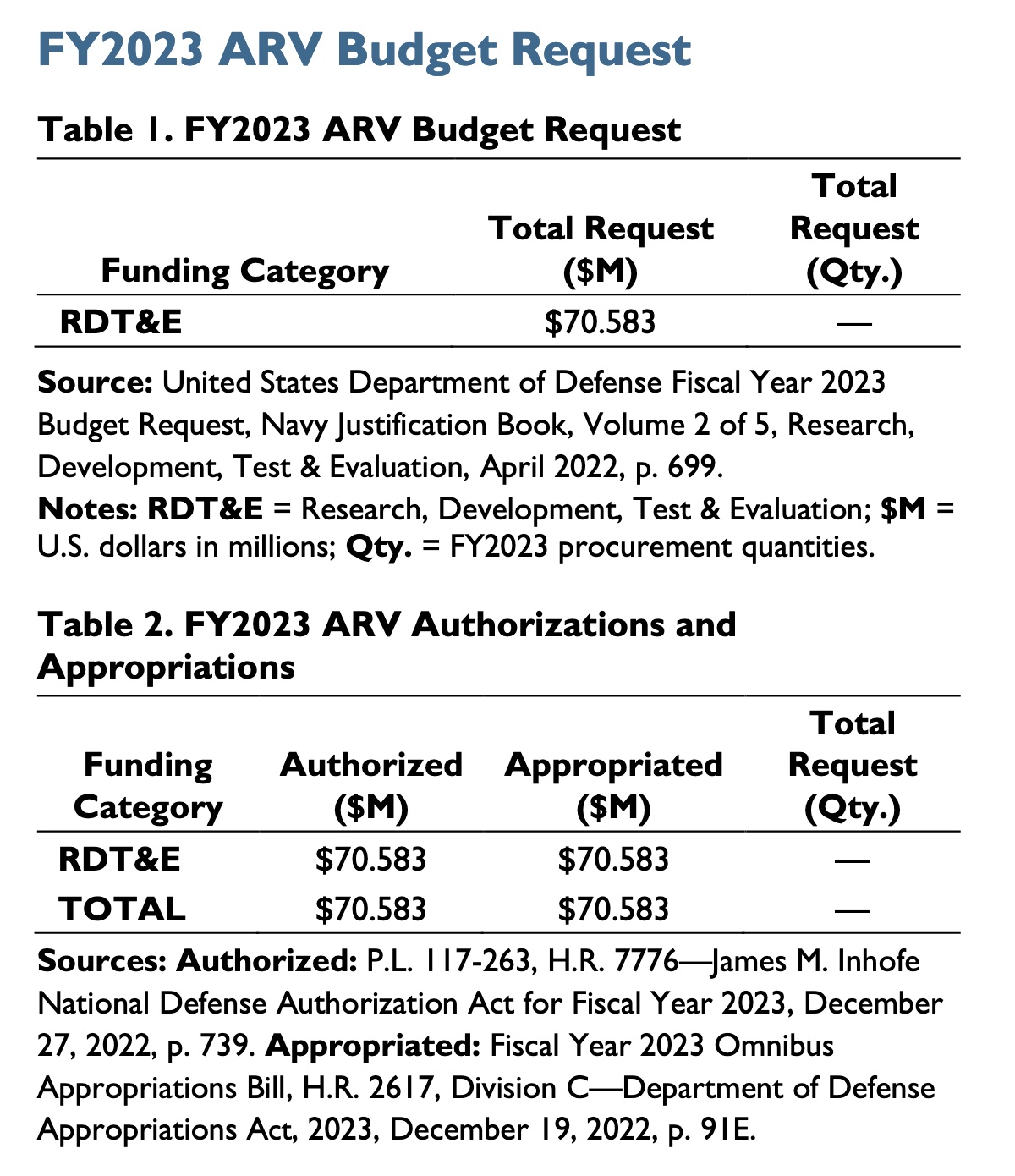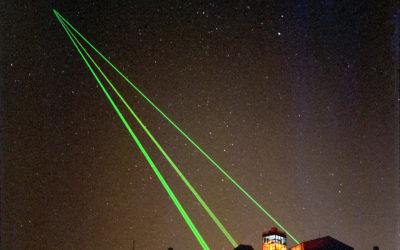“God mode”, for those who aren’t gamers, is a mode of operation (or cheat) built into some types of games based around shooting things. In God mode you are invulnerable to damage and you never run out of ammunition.
U.S. Marine Corps Advanced Reconnaissance Vehicle
U.S. Marine Corps Advanced Reconnaissance Vehicle
U.S. Marine Corps Advanced Reconnaissance Vehicle
What Is the Advanced Reconnaissance Vehicle (ARV)?
According to the Marine Corps, the Advanced Reconnaissance Vehicle (ARV) is planned to be a new armored vehicle family to replace the Light Armored Vehicle (LAV):
Since the 1980s, the Light Armored Vehicle (LAV) has supported Marine Air-Ground Task Force missions on the battlefield. While the LAV remains operationally effective, the life cycle of this system is set to expire in the mid-2030s…. The Advanced Reconnaissance Vehicle (ARV) will be highly mobile, networked, transportable, protected, and lethal. The capability will provide, sensors, communication systems and lethality options to overmatch threats that have historically been addressed with more heavily armored systems.
ARV Desired Operational Capabilities
A Marine Corps May 2019 briefing describes some of the ARV’s desired operational capabilities:
an automatic medium-caliber cannon; anti-armor capability to defeat close-in heavy armor threats; precision-guided munitions (PGMs) to defeat threats beyond the engagement range of threat systems; unmanned systems swarm capability to provide persistent, multifunction munitions; advanced, networked, multifunctional electronic warfare (EW) capabilities; a modern command-and-control suite and a full range of sensors; organic unmanned aerial and ground systems (UAS/UGS) that can be deployed from the ARV; active and passive vehicle protection; and robust cross-country/on-road mobility performance with shore-to-shore water mobility.
ARV in Marine Corps Force Structure
The ARV was originally intended to be the primary combat system in Light Armored Reconnaissance (LAR) Battalions. The mission of the LAR Battalion is to conduct mounted and dismounted reconnaissance, surveillance, and security operations. LAR Battalions are also expected to conduct offensive and defensive missions and conduct deception operations and raids to create decisive conditions for the Marine Division and the supported unit commander.
Program Status
The Marines plan for a number of ARV variants—referred to as a “family of vehicles.” The first variant is the Command, Control, Communications and Computers/Unmanned Aircraft Systems (C4/UAS) version. Reportedly, on July 16, 2021, the Marines selected Textron Systems and General Dynamics Land Systems to build ARV prototypes with prototype delivery expected in the first quarter of FY2023 with evaluation of the prototypes concluding in the third quarter FY2023. Textron reportedly delivered its ARV prototypes, known as the “Cottonmouth,” to the Marine Corps’ Nevada Automotive Test Center on December 1, 2022. General Dynamics reportedly delivered its ARV prototypes to the Marines on December 23, 2022. The delivery of these two prototypes marked the beginning of the formal government evaluation process.
The ARV and the Marine Corps 2030 Force Design Initiative
In March 2020, the Marines undertook a major force design initiative planned to occur over the next 10 years. The Marine Corps intends to redesign the force for naval expeditionary warfare and to better align itself with the National Defense Strategy. In February 2021, the Marines updated the Secretary of Defense on the progress on force design initiatives. The March 2020 force design initiative plan raises questions that some have about the role or even the desirability of the ARV in future force design.
According to the Commandant of the Marine Corps, General David Berger:
While I have repeatedly stated that all-domain reconnaissance and counter-reconnaissance will be a critical element of any future contingency, I remain unconvinced that additional wheeled, manned armored ground reconnaissance units are the best and only answer – especially in the Indo-Pacific region. We need to see more evidence during Phase III to support this conclusion before engaging in an expansion of our existing capacity, or committing billions of dollars in procurement funds towards the acquisition of an Advanced Reconnaissance Vehicle (ARV).
In the Marine’s February 2021 force design update to the Secretary of Defense, the Commandant further noted:
The 12 Light Armored Reconnaissance (LAR) Companies identified in the initial Force Design Report must be re-evaluated in light of the emerging concept of multi-domain mobile reconnaissance. This may affect the overall requirement for armored land mobility in the form of the Advanced Reconnaissance Vehicle (ARV).
In the Marine’s May 2022 force design update to the Secretary of Defense, the Commandant directed the Marines to:
Review and validate all assumptions regarding programmed or potential future capabilities, such as the Amphibious Combat Vehicle (ACV)-30 and Advanced Reconnaissance Vehicle (ARV).
These three statements arguably raise questions regarding the future of the ARV program, seemingly implying the ARV might not be the best solution for the Marines’ reconnaissance needs.

Considerations for Congress
Oversight questions Congress could consider include the following:
In view of the Commandant’s statements in 2020, 2021, and 2022 regarding the need for the ARV, what is the Marine Corps’ current official position on the operational requirement to procure the ARV? If the requirement for the service’s LAR companies and the ARV “must be re-evaluated,” as stated in the February 2021 update, what are the Marines’ plans to reevaluate this requirement? If there is to be a reevaluation, when will the results be communicated to
Congress?

Specialist in Military Ground Forces
Related Articles
Understanding the building blocks for Australia’s quantum future
Australia is undergoing an exciting period of strategic technology policy review and development. The release of its first National Quantum Strategy this week committed the government to building the world’s first error-corrected quantum computer. This is a strategically important technology that has the potential to improve productivity and supply chain efficiency in diverse industries, lower costs across the economy, help reduce carbon emissions and improve public transportation.
Japan needs stronger deterrence than its new defense strategy signals
Since World War II, Japan had long chosen not to possess long-range strike capabilities that could be used against enemy bases. But the Japanese government changed course in December 2022 when it adopted the new national defense strategy (NDS), which included a commitment to acquiring a so-called counterstrike capability. But in order for this new strategy to contribute to deterrence and alter the nation’s defensive role as the ‘shield’ in its alliance with the United States, Tokyo needs to go further than what the NDS outlines.



